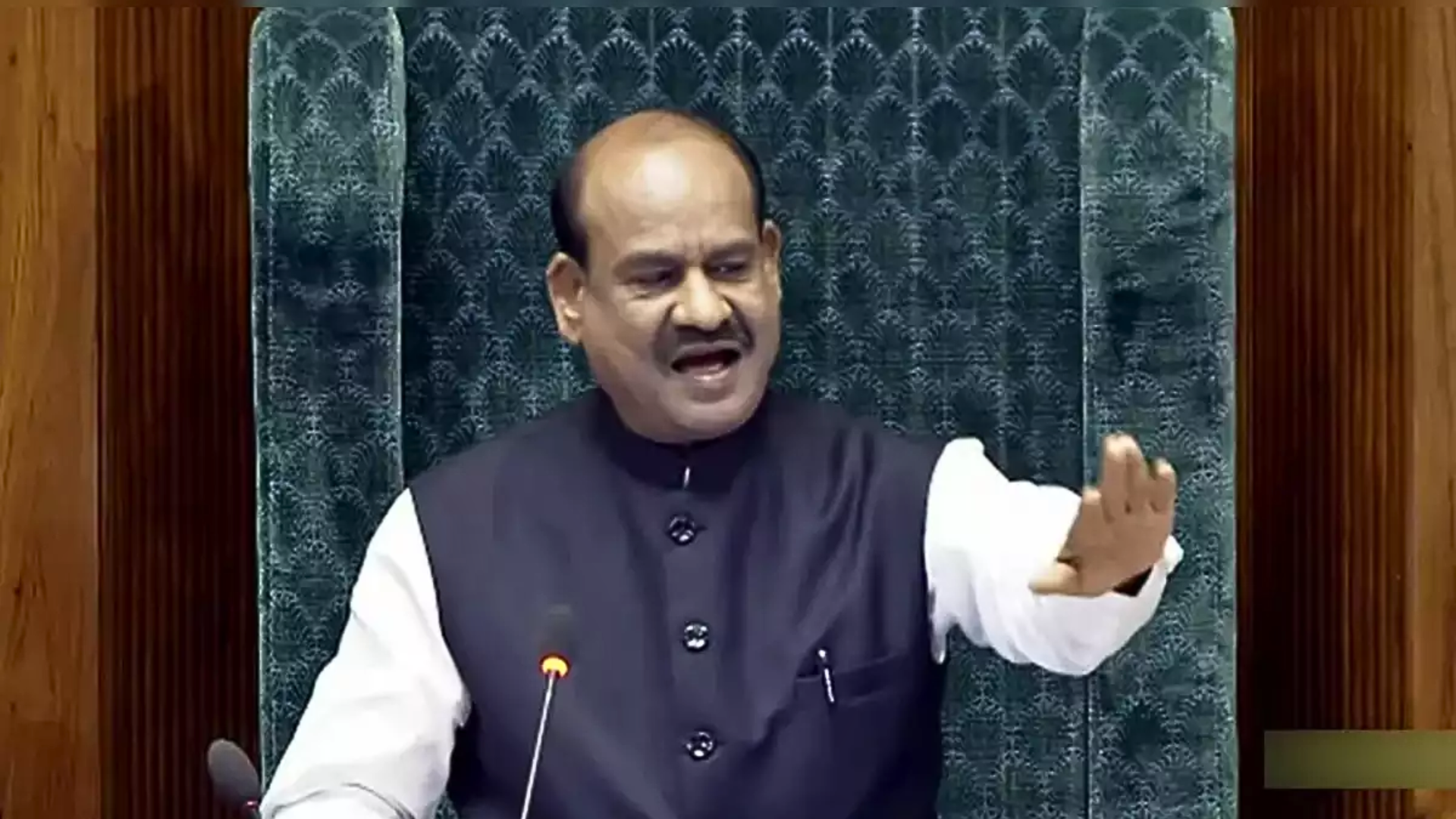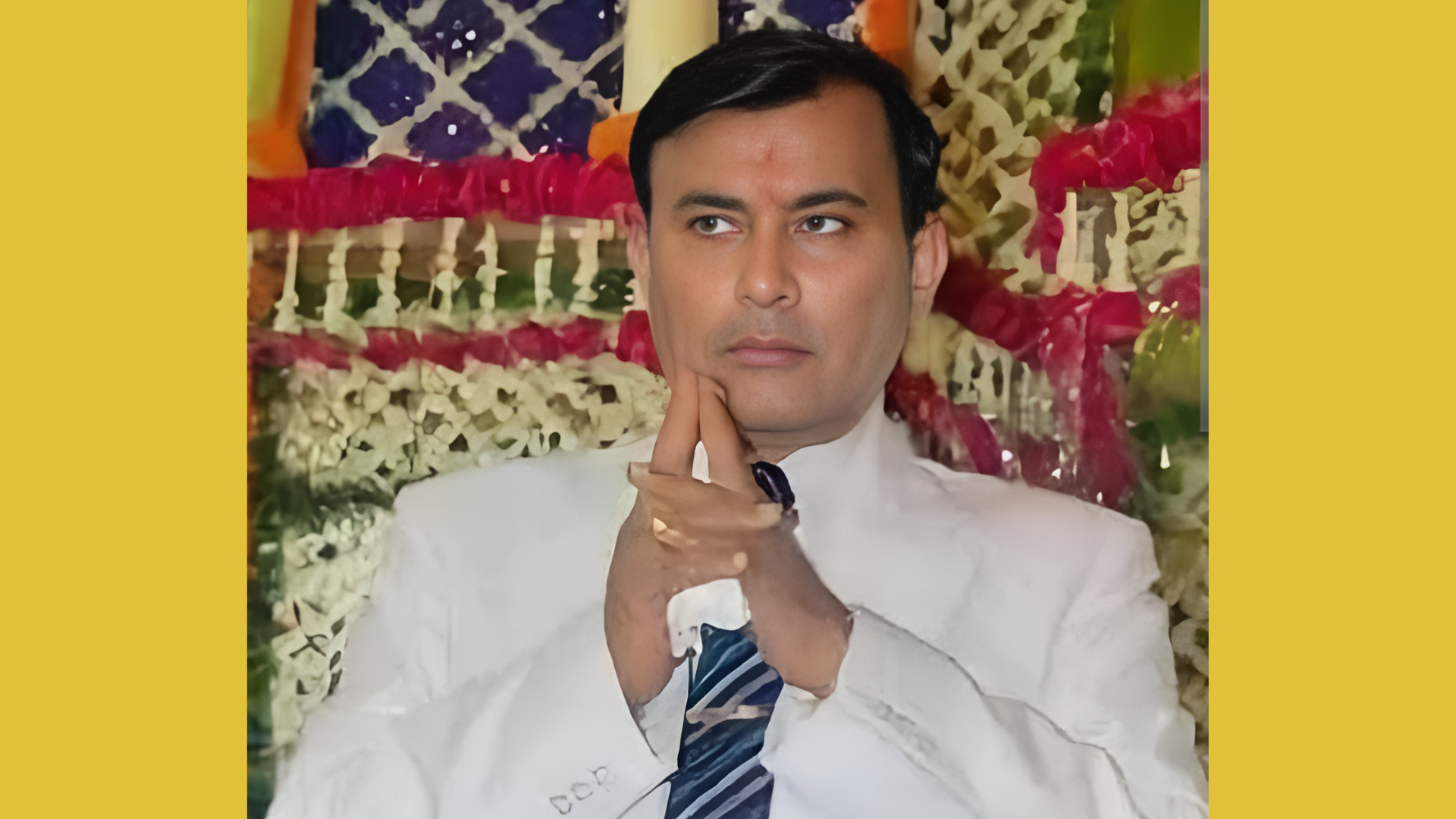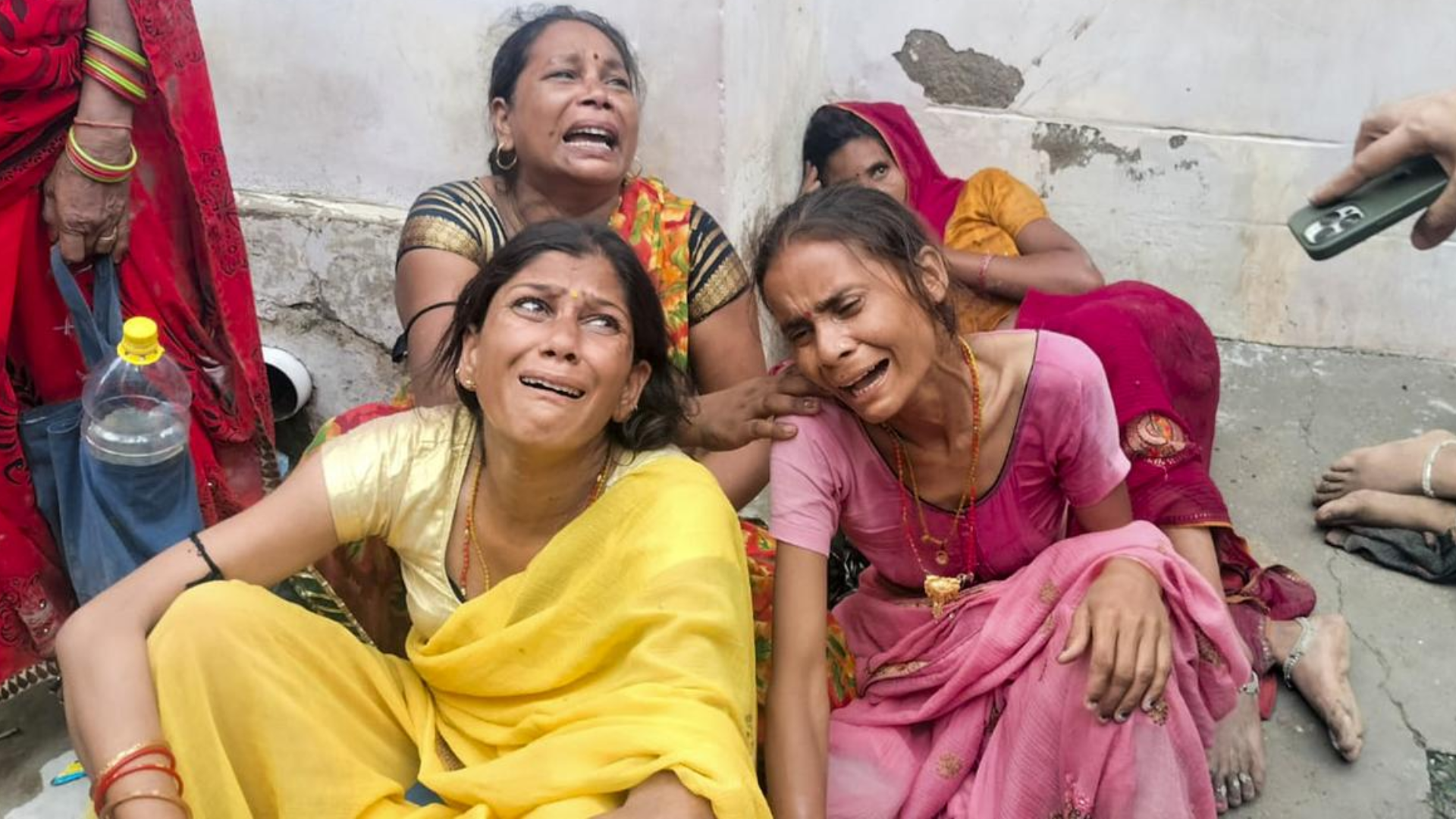A quarter of Central government posts vacant, including a fifth or more in several key departments
An analysis of the Central government’s annual report on pay and allowances by Business Standard has revealed a staggering 25 per cent vacancies in the government, including 20 per cent or more in key departments. But significantly, reduction in employment has not resulted in a reduction in the pay burden, which has almost doubled over the years of the BJP government.
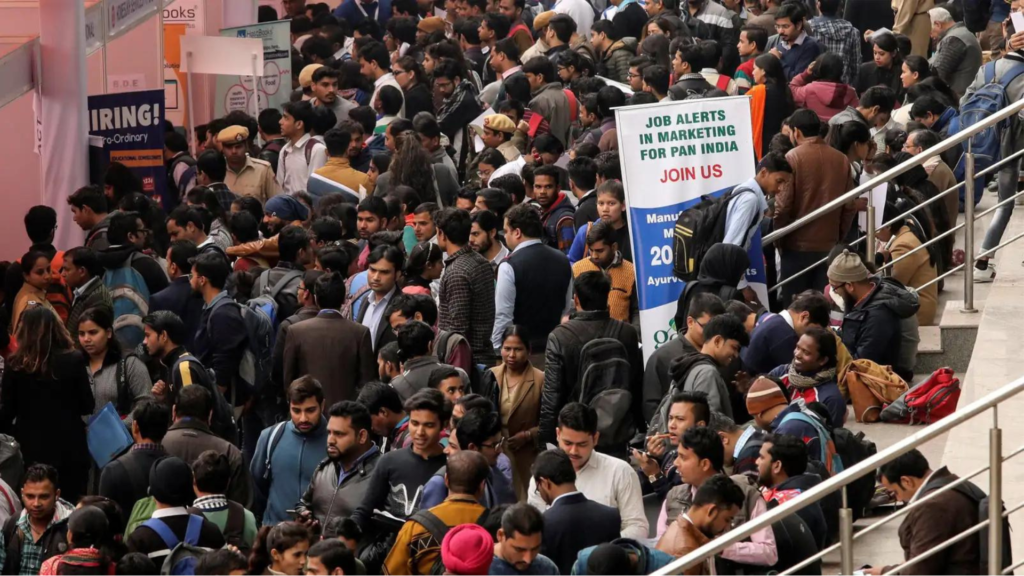
That the recruitment for government jobs has slowed down considerably over the decade of the BJP-led government is well-known. The government has consistently failed in providing adequate employment opportunities in the government sector, which was one of its major electoral promises.
Not just for direct government jobs, recruitment even for public sector enterprises (PSEs)—equally coveted in the country along with government jobs, even now—has come down due to a lot of them being divested of government shareholding.
Now, a recent analysis of the data from the government’s ‘Annual Report on Pay and Allowances of Central Government Regular Civilian Employees 2021-22’ by Business Standard (BS) has put numbers on the former.
As much as a staggering 25 per cent Central government posts were vacant as of March 2022, compared to 12 per cent in 2014 and 9.4 per cent in March 2002, 20 years back.
The government uses contract labour for various works, though many aspire for permanent employment.
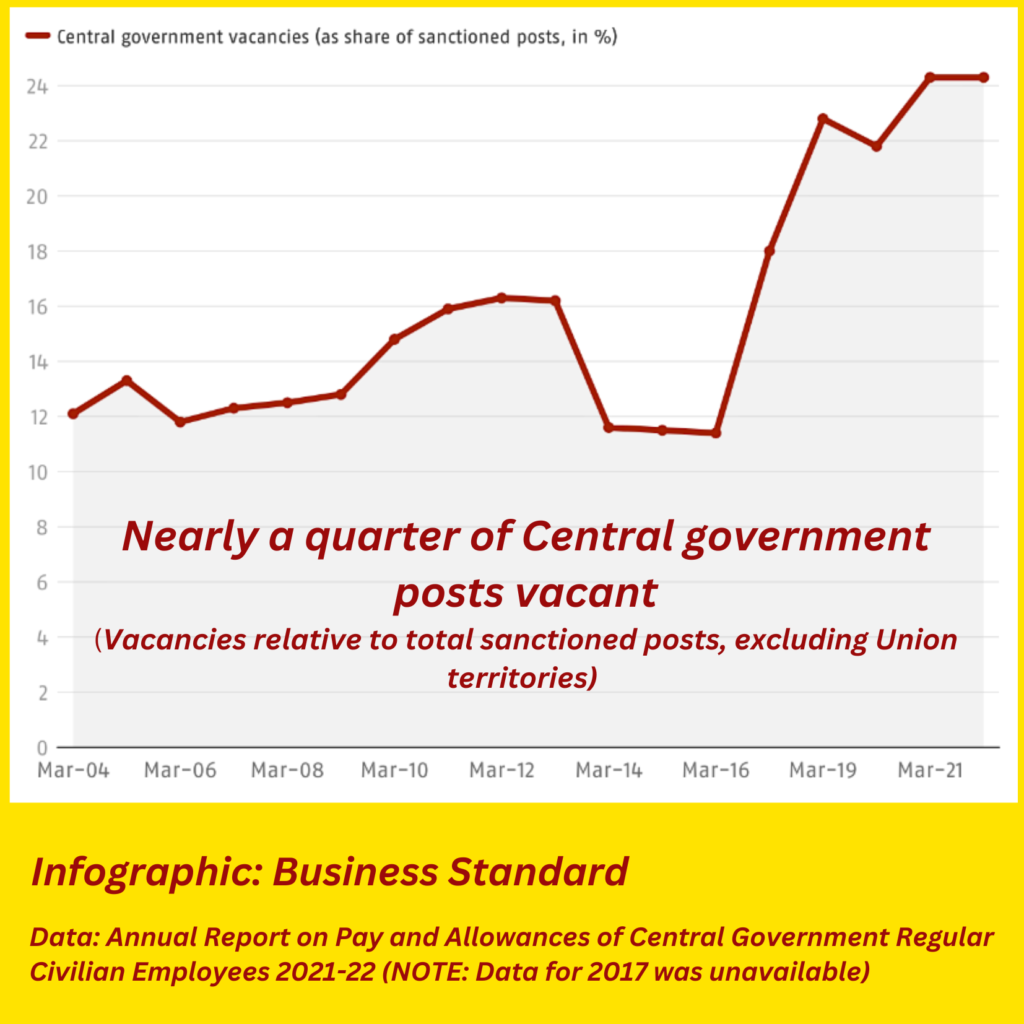
The analysis of the data presented in the report brings out two other significant facts: One, the significant reduction in recruitment has not really brought about a significant reduction in the pay burden as a share of the revenue expenditure, and two, the pay burden has almost doubled.
Over the eight financial years, from 2014-15 to 2021-22, the pay burden, as a share of the government’s revenue expenditure (including those on the Railways), has hovered between 7.1 per cent and 9.6 per cent (Recurring expenditure, that is, those occurring every year, such as on salaries or pensions, is called revenue expenditure).
Over the same period, the pay burden of the government (excluding in Union territories) has almost doubled: from Rs 1.4 trillion (Rs 1.4 lakh crore) to Rs 2.5 trillion (Rs 2.5 lakh crore).





